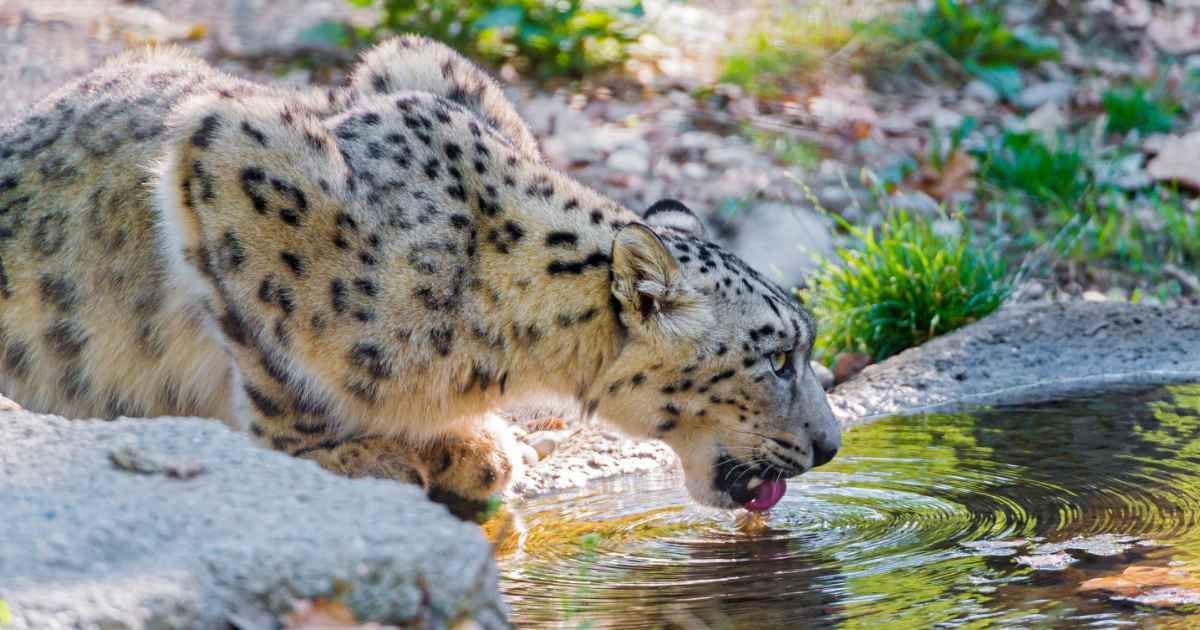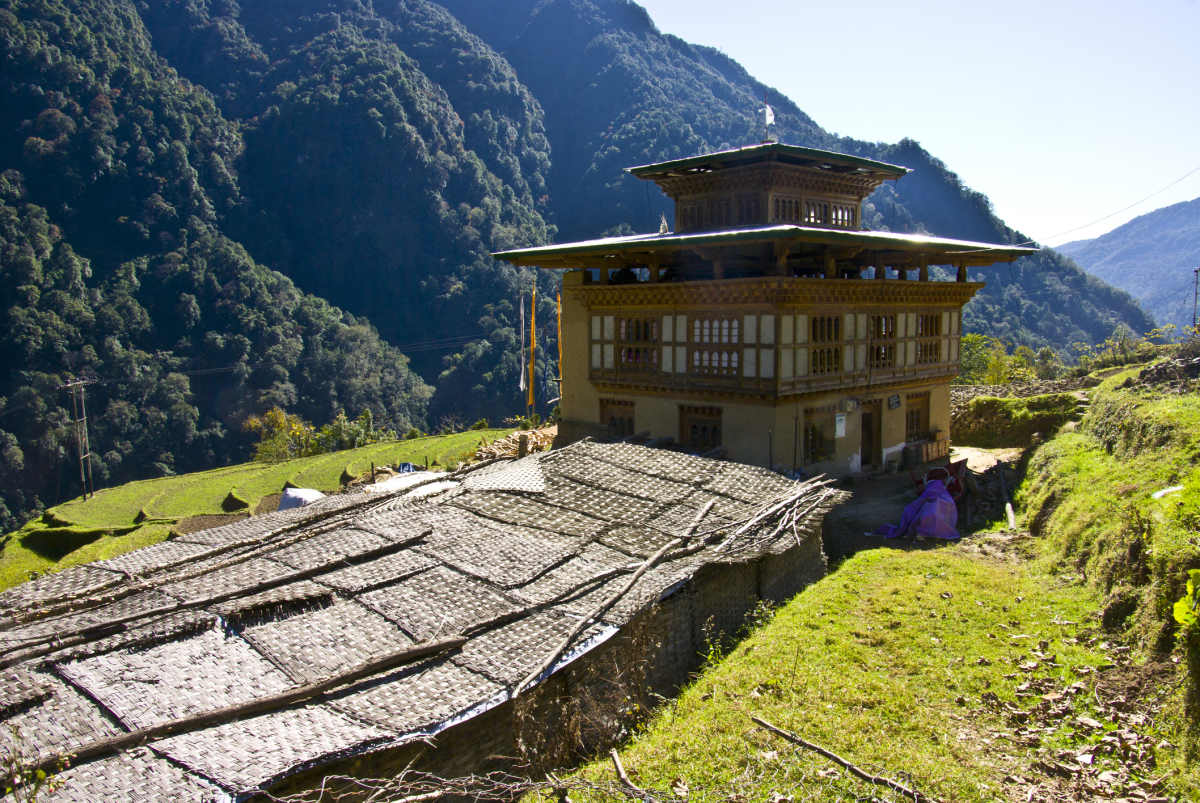Scientists Tested Water From a River in Bhutan — and It Revealed Traces of an Endangered Predator

Deep in the heart of the Himalayas, a snow leopard succeeds in catching a meaty prey. He puts the lifeless carcass tucked between a cluster of mountain rocks and ambles towards his home to retire for the night. In the cold, windy weather, catching even one carcass is a feast for the hungry predator. But as he returns to the spot, he notices his carcass has been ripped to shreds, likely by a feral dog prowling in the meadow. Yeshi Jamtsho, a ranger at the Jigme Dorji National Park, has been witnessing this heartbreaking scene for so many years, he shared on Instagram.

This dog might be one of the culprits behind the disappearing snow leopard population, but it is not the only one. The main culprit is climate change. Despite the intense heat, snow leopards have managed to survive, the clues of which are written in the waters of the Paa Chhu River in Northwestern Bhutan, according to a report by World Wildlife.
When traveling to his park range office, located in the remotest part of the country, Jamtsho has to venture on a treacherous eight-day hike through towering mountains, with camping equipment and food to eat. He and his fellows consider snow leopards their “guardians.” Not very far from his office is the meandering Paa Chhu River, whose sultry waters have lately unveiled a striking mystery about the elusive animals. Rangers, highlanders, and residents of this region had almost started to believe that their mountains were losing their sacred guardian, these snow leopards.
eDNA Reveals #SnowLeopards in Bhutan’s Highlands
— International Big Cat Alliance (IBCA) (@IBCA_official) October 21, 2025
High in the Eastern Himalayas, near Mount Jomolhari, scientists collected water from the Paa Chhu River.
Through environmental DNA (eDNA) analysis, these samples revealed genetic evidence of 19 mammal species, including the… pic.twitter.com/2hFisdRzmk
It wasn’t until this team of scientists hiked to the region and scooped out a few liters of water, and took them to their laboratory, Bhutan’s first-ever environmental DNA laboratory, for testing. The initial objective was to explore the biodiversity of this Himalayan patch lounging in the crevasses of Bhutan. But when they tested the water samples for environmental DNA (eDNA), what they found was nothing less than astonishing. eDNA, in scientific terms, is the genetic material animals shed through their skin cells, mucus, saliva, poop, sweat, and other forms of waste when they interact with the environment, such as forests, trees, or water, per the Wiley Online Library.

At about 14,000 feet, where even the barrelling wild winds surrender against the majesty of the looming Himalayan peaks, Mount Jomolhari cradles a jungle. Snow leopards, however, were believed to have vanished in the melting mountain snow. The snow indeed is drifting away, but these predators are not. The eDNA samples collected from the mountain river revealed the presence of 19 mammal species, including snow leopards.
Scientists also mapped traces of Pallas cats, sambar deer, leopard cats, tiger, Himalayan wolf, Himalayan red fox, and woolly flying squirrel, one of the rarest animals on the planet. As the climate gravitates towards the negative scale, these rare species are, regrettably, dwindling. Not just the wildlife, but this climate crisis is leaching away the very life of these mountains, as local highlanders lamented in a documentary by ICIMOD.

Am Lhamo, a highlander in Barshong, had to scrape away the blanket of snow to pick caterpillar fungus, but now, the snow has receded. Another highlander, Tsering Zam, is already planning to leave the territory. As temperatures burn the mountains, her herb business is suffering. It is impossible to cultivate herbs like cordyceps and putashing in scorching grasses. Others complain that their pasture lands, supposed for the grazing of yak herds, are slowly being invaded and encroached by foreign animals and invasive, non-grazable plants. Amidst this dramatic saddening of Bhutan’s mountainscape, the eDNA comes as a remarkable tool to keep an eye on both the animals and the environmental patches, before they disappear into the clouds of milky mountain mist.
More on Green Matters
After Years in Captivity, Three Circus Dolphins Were Set Free and What Happened Later Was Beautiful
This Zoo Lets Animals Play Different Musical Instruments — and No One Was Ready For It
Wildlife Experts Urge People to Stop Feeding Bread to Birds — It Causes More Harm Than Good